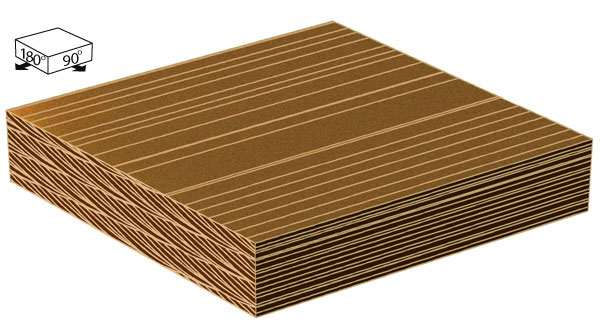Pacific Coastal and Marine Science Center
Bedform Sedimentology Site: “Bedforms and Cross-Bedding in Animation”


FIG. 16. Structure formed by bedforms undergoing small but rapid fluctuations in height. This structure is one kind of scalloped cross-bedding (Rubin and Hunter, 1983; Rubin, 1987).
RECOGNITION: Scalloped cross-bedding - compound cross-bedding with bounding surfaces that cyclically scoop down into previously deposited foresets or into sediment below the set - forms by cyclic fluctuations in bedform height (Figs. 16 and 17), by cyclic reversals in bedform asymmetry and migration direction (Figs. 21, 22, and 24), and by migration of superimposed bedforms over the lee slopes of larger bedforms (Figs. 46 and 71-74). The structures formed by bedforms fluctuating in height closely resemble - and may be indistinguishable from - structures formed by reversing bedforms. Like other structures formed by variable two-dimensional bedforms, the structure illustrated in this example has cross-bed and bounding-surface dips that plot along a single straight line.
ORIGIN: Although similar to the preceding example, this structure requires height-fluctuation cycles that are shorter relative to the bedform period (the time required for the bedforms to migrate a distance equal to the bedform spacing).